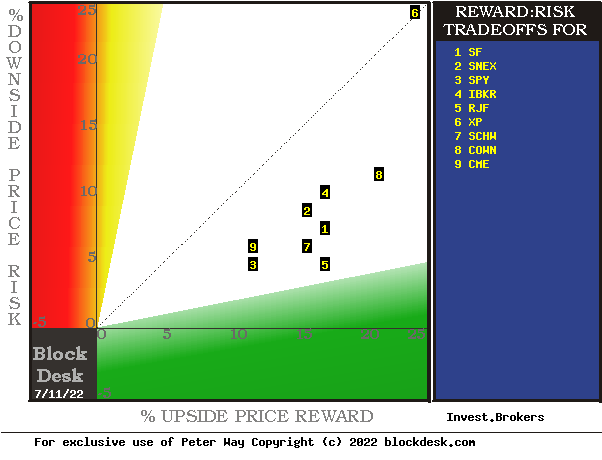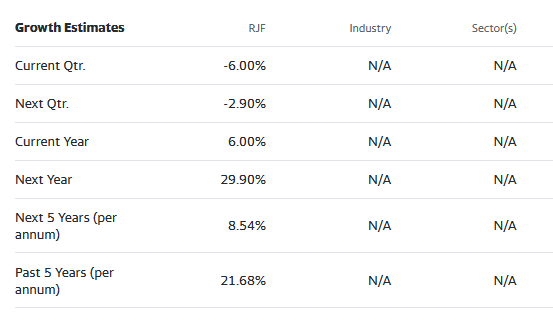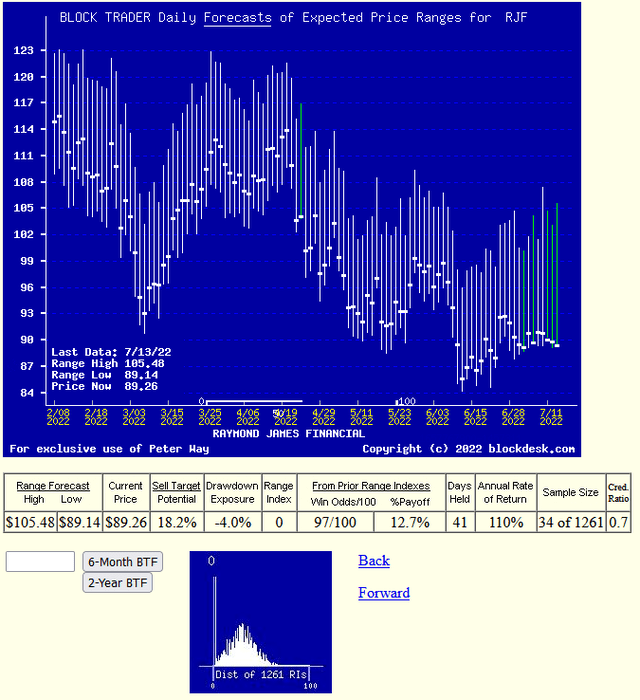Pgiam/iStock via Getty Images
INVESTMENT THESIS
Tough times beg for sympathy and support; tough markets are no different.
Seasoned stockbrokers do more than just duck and dodge, even though many of their clientele may respond as though responsibility for capital losses should be assigned somewhere — else.
Not all investors want the same result for their portfolio.
Certainly not! The retire-ees want dividend income. The worriers want steady prices. The hungry folks want recovering prices. The weary ones don’t want any more advice. The politicized believe the Fed will fix it. Too many look for an easy, obvious, superficial solution.
When did you figure out it’s all a game?
What defines it as a game, not a science or an art form, is that it is conducted by, and kept score on, by humans. Humans have been known to change their minds – sometimes quickly.
When those changes have a clear purpose and reason they are called STRATEGY.
Competitive activities built around rules which allow action strategy modifications are known as games. Na + Cl (always) = salt. The Sun always “rises” in the East. These are Not games.
The buy STRATEGY investment ought to have a reasoned FORECAST of coming events. But coming how far ahead for how long? That multi-years long forecast of the 20th century is not a working STRATEGY for many things in the 21st century. Technology, learning, and competition are moving too fast.
So don’t rely on the prior multi-year passive “long-term-conservative-forecast” strategy and instead only reach (actively) as far as may be reasonably forecast. And don’t believe everything you don’t have evidence (and reason) for. Instead, be ready to adjust the forecast (and perhaps the strategy) actively, as needed.
Many approaches exist; ours uses the decisions already made by well-informed (institutional) investors to buy and sell, and what market-alert pros do to protect themselves as they help the buyers and sellers.
That help involves making forecasts of how far prices might get pushed – in both up and down directions – in the foreseeable future – of a few weeks or months. Frequently useful and usable forecasts.
Their forecasts can get evaluated to a degree by how they have performed in the past. Particularly during multi-year market periods of over a thousand or more market days. So let’s look at a group of stocks in similar businesses and see what Active Investment strategy actions may be presented.
Stock Capital Gain Prospects Among Stockbroker Firms
Using the way the investment market-making community has responded to investing actions of institutions during the past 5 years, the near-term upside and downside price change prospects for their own firms’ stocks are revealed (here in Figure 1) for their brokerage firms every day in the same manner as for thousands of other stocks.
Figure 1
blockdesk.com
(Used with permission).
The risk dimension pictured is of actual price draw-downs at their most extreme point while being held in previous pursuit of upside rewards similar to the ones currently being seen. They are measured on the red vertical scale. Reward expectations are measured on the green horizontal scale.
Both scales are of percent change from zero to 25%. Any stock or exchange-traded fund (“ETF”) whose present risk exposure exceeds its reward prospect will be above the dotted diagonal line. Capital-gain-attractive-to-buy issues are in the directions down and to the right.
Our principal interest is in Raymond James Financial, Inc., (NYSE:RJF) at location [5], just above the green area marking reward to risk trade-offs at a 5 to 1 ratio. A “market index” norm of reward~risk tradeoffs is offered by SPY at [3]. Most appealing by this Figure 1 view for wealth-building investors is RJF.
Description of Primary Investment Subject
As stated on Yahoo Financial:
“Raymond James Financial, Inc., a diversified financial services company, provides private client group, capital markets, asset management, banking, and other services to individuals, corporations, and municipalities in the United States, Canada, and Europe. The Private Client Group segment offers investment services, portfolio management services, insurance and annuity products, and mutual funds; support to third-party product partners, including sales and marketing support, as well as distribution and accounting, and administrative services; margin loans; and securities borrowing and lend
ing services. The Capital Markets segment provides investment banking services, including equity underwriting, debt underwriting, and merger and acquisition advisory services; and fixed income and equity brokerage services. The company was founded in 1962 and is headquartered in St. Petersburg, Florida.”
Yahoo Financial
These growth estimates have been made by and are collected from Wall Street analysts to suggest what conventional methodology currently produces. The typical variations across forecast horizons of different time periods illustrate the difficulty of making value comparisons when the forecast horizon is not clearly defined.
The Figure 1 map provides a good visual comparison of the two most important aspects of every equity investment in the short term. There are other aspects of comparison which this map sometimes does not communicate well, particularly when general market perspectives like those of SPY are involved. Where questions of “how likely’ are present other comparative tables, like Figure 2, may be useful.
Figure 2
blockdesk.com
(Used with permission)
Why do all this math?
Figure 2’s purpose is to attempt universally comparable answers, stock by stock, of: a) How BIG the prospective price gain payoff may be; b) how LIKELY the payoff will be a profitable experience; c) how SOON it may happen; and d) what price drawdown RISK may be encountered during its holding period.
Readers familiar with our analysis methods after quick examination of Figure 2 may wish to skip to the next section viewing price range forecast trends for RJF.
Column headers for Figure 2 define investment-choice preference elements for each row stock whose symbol appears at the left in column [A]. The elements are derived or calculated separately for each stock, based on the specifics of its situation and current-day MM price-range forecasts. Data in red numerals are negative, usually undesirable to “long” holding positions. Table cells with yellow fills are of data for the stocks of principal interest and of all issues at the ranking column, [R].
The price-range forecast limits of columns [B] and [C] get defined by MM hedging actions to protect firm capital required to be put at risk of price changes from volume trade orders placed by big-$ “institutional” clients.
[E] measures potential upside risks for MM short positions created to fill such orders, and reward potentials for the buy-side positions so created. Prior forecasts like the present provide a history of relevant price draw-down risks for buyers. The most severe ones actually encountered are in [F], during holding periods in effort to reach [E] gains. Those are where buyers are emotionally most likely to accept losses.
The Range Index [G] tells where today’s price lies relative to the MM community’s forecast of upper and lower limits of coming prices. Its numeric is the percentage proportion of the full low to high forecast seen below the current market price.
[H] tells what proportion of the [L] sample of prior like-balance forecasts have earned gains by either having price reach its [B] target or be above its [D] entry cost at the end of a 3-month max-patience holding period limit. [ I ] gives the net gains-losses of those [L] experiences.
What makes RJF most attractive in the group at this point in time is its ability to produce earnings most consistently at its present operating balance between share price risk and reward, the Range Index [G]. Credibility of the [E] upside prospect as evidenced in the [I] payoff is shown in [N].
Further Reward~Risk tradeoffs involve using the [H] odds for gains with the 100 – H loss odds as weights for N-conditioned [E] and for [F], for a combined-return score [Q]. The typical position holding period [J] on [Q] provides a figure of merit [fom] ranking measure [R] useful in portfolio position preferencing. Figure 2 is row-ranked on [R] among alternative candidate securities, with RJF in top rank.
Along with the candidate-specific stocks these selection considerations are provided for the averages of some 3100 stocks for which MM price-range forecasts are available today, and 20 of the best-ranked (by fom) of those forecasts, as well as the forecast for S&P500 Index ETF (SPY) as an equity-market proxy.
As shown in column [T] of figure 2, those levels vary significantly between stocks. What matters is the net gain between investment gains and losses actually achieved following the forecasts, shown in column [I]. The Win Odds of [H] tells what proportion of the Sample RIs of each stock were profitable. Odds below 80% often have proven to lack reliability.
Recent Forecast Trends of Primary Subject
Figure 3
blockdesk.com
No, this is not a “technical analysis chart.” I am showing only historical data. It is a Behavioral Analysis picture of the Market-Making community’s actions in hedging investments of the subject. Those actions define expected price change limits shown as vertical bars with a heavy dot at the closing price of the forecast’s date.
It is an actual picture of the expected future, not a hope of a recurrence of the past.
The special value of such pictures is their ability to immediately communicate the balance of expectation attitudes between optimism and pessimism. We quantify that balance by calculating what proportion of the price-range uncertainty lies to the downside, between the current market price and the lower expected limit, labeled the Range Index [RI].
Here the RI at zero indicates no further price decline is likely, but not guaranteed. The odds of 3 months passing without either reaching or exceeding the upper forecast limit or being at that time below the expected lower price (today’s) are quite slight.
The probability function of price changes for RJF are pictured by the lower Figure 3 (thumbnail) frequency distribution of the past 5 years of RI values w
ith the zero today indicated.
Conclusion
The multi-path valuations explored by the analysis covered in Figure 2 is rich testimony to the near-future value prospect advantage of a current investment in Raymond James Financial, Inc. over and above the other compared alternative investment candidates.


